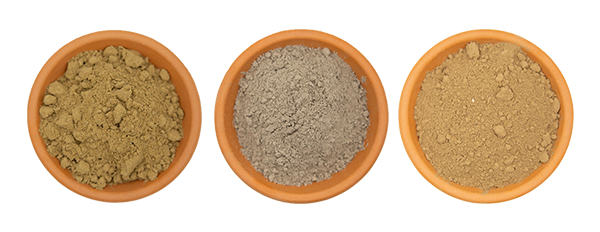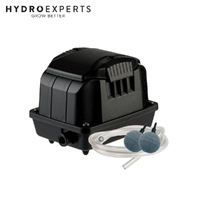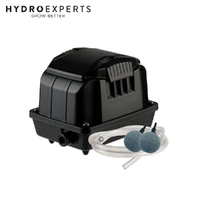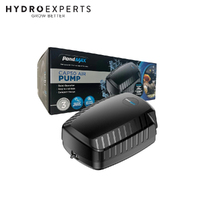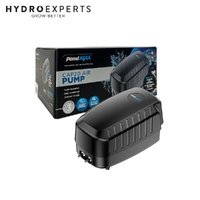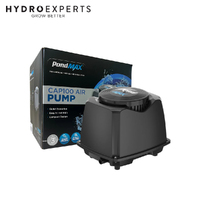Air Exchange & Pond Volume Calculators: Essential for Australian Water Features
By Hydro Experts | 20 May 2025
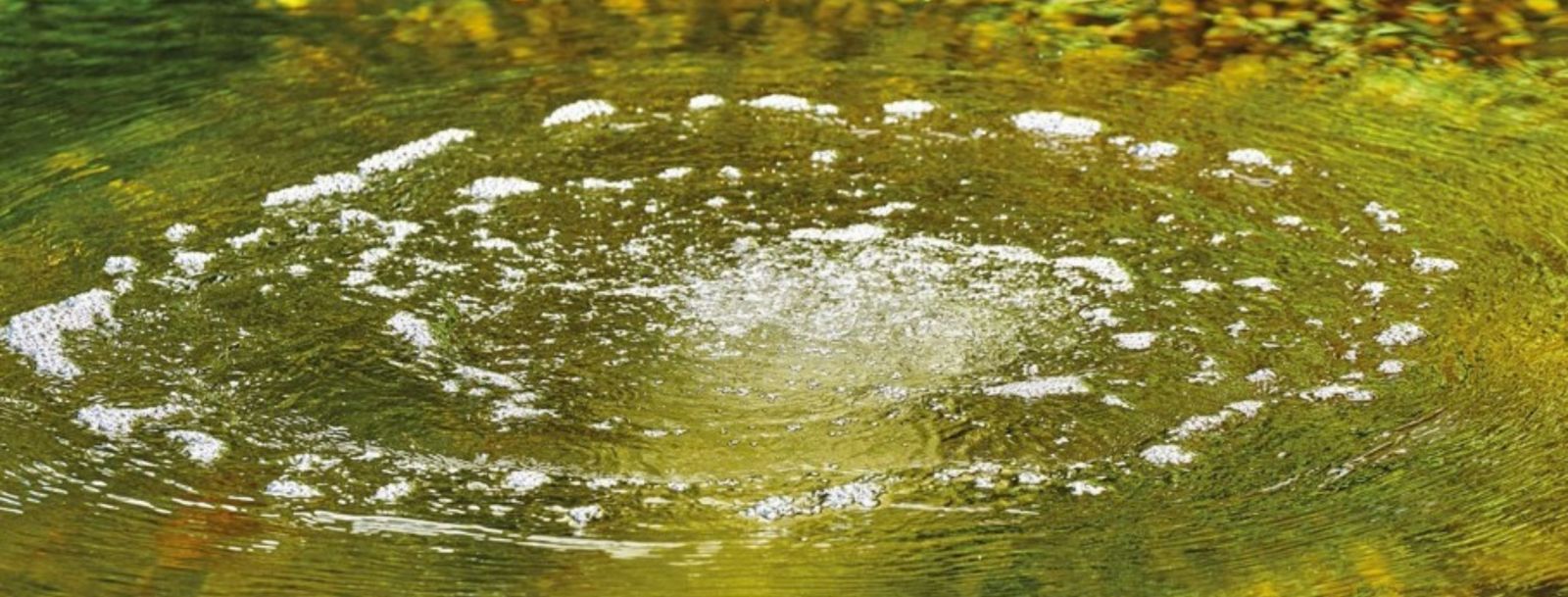
There has been a notable surge in issues regarding water features on Australian properties. Everywhere, from residential yards to commercial spaces and agricultural land, has a water feature of some kind, even if it's just a small decorative pond in the backyard. Whichever water body you are managing, whether it's a small decorative pond or large water bodies for commercial use, it is important to know the air exchange requirements and to calculate the pond volume correctly in order to maintain a healthy aquatic environment.
Understanding Air Exchange for Water Features
Proper air exchange is vital for maintaining oxygen levels in any water feature. In Australia's diverse climate zones, from the tropical north to the temperate south, oxygen requirements can vary significantly.
Why Air Exchange Matters
Oxygen is like the lifeblood of aquatic environments. In water, oxygen equals life; fish, beneficial bacteria and plants! In aquatic environments, low oxygen levels lead to bad water quality, algae blooms and stressed aquatic life. It is very relevant in Australia - summer heat can be intense, reducing the holding capacity of oxygen in water just when aquatic life needs it the most.
Calculating Required Air Exchange Rates
The air exchange rate for a pond or water feature depends on several factors:
- Pond volume
- Fish density (if applicable)
- Plant coverage
- Temperature
- Sunlight exposure
- Intended use (ornamental, recreational, aquaculture)
A good rule-of-thumb for Australian conditions states that 20-30 litres of air is required per hour for every 1,000 litres of water in ornamental ponds with normal amounts of fish. However, commercial circumstances, especially in warmer areas such as Queensland and the Northern Territory, may require considerably more.
Pond Volume Calculations: The Foundation of Proper Management
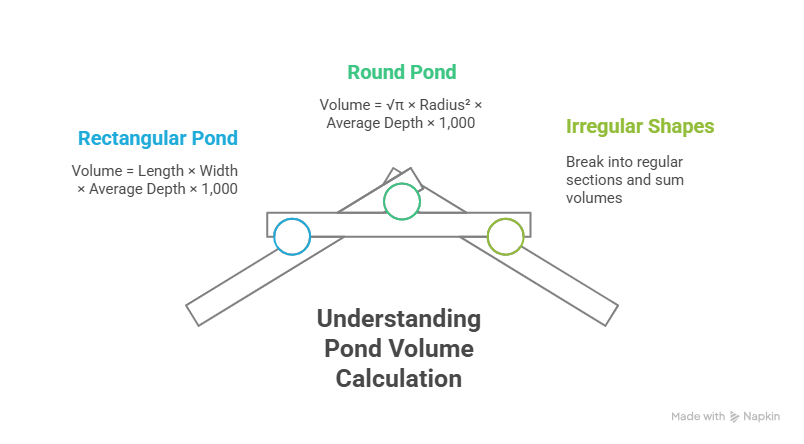
Before determining air exchange requirements, you need to know exactly how much water your pond holds. This calculation forms the basis for nearly all pond management decisions, from filtration needs to treatment dosages.
Basic Pond Volume Calculation Methods
- Rectangular pond: Volume (litres) = Length (m) × Width (m) × Average Depth (m) × 1,000
- Round pond: Volume (litres) = √π × Radius² (m) × Average Depth (m) × 1,000
- Irregular shapes: The best way to calculate irregular pond shapes is to break them down into multiple, more regular-shaped sections. Calculate the volume for each section and then add them all together.
Australian-Specific Considerations
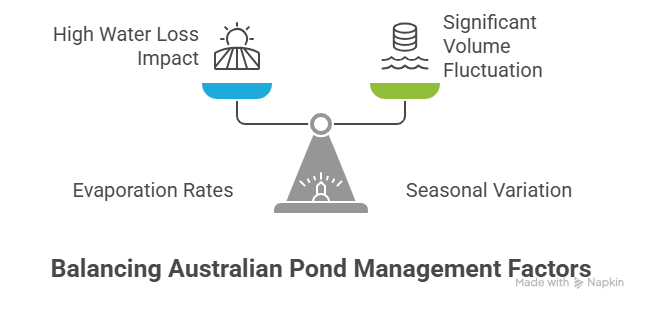
When calculating pond volumes in Australia, several unique factors come into play:
Evaporation rates: Australia has some of the highest evaporation rates in the world. In some areas, like Western Australia and central Australia, evaporation ranges can be over 2000mm per annum, which has quite significant implications for volume calculations of water as part of long-term planning.
Seasonal variation: In many parts of Australia, the seasonal variation is extreme, which means that the volume of water in a pond will fluctuate significantly throughout the year, so that volume needs to be taken into account when developing management strategies to account for these fluctuations that will occur throughout the year.
Water conservation: With the regularity of drought conditions in Australia, many jurisdictions have water conservation regulations that may affect pond sizing and management strategies.
Practical Applications for Different Users
Homeowners
In residential applications, basic calculations usually do the job. In Australia, a normal backyard pond (4m × 3m × 1m average depth) contains around 12,000 litres of water. So, according to our air exchange guideline, that can be an air exchange of 240-360 litres of air per hour, depending on the size of the aerator or the size of the fountain pump.
Landscapers and Contractors
For those professionals who are landscape and design tradespersons building projects on multiple properties across Australia, having accurate volume and air exchange calculators helps guide the pricing for the projects. The calculators assist in the decision-making for which equipment and services to offer before issuing a quote. Keeping within what is permitted by Local Made Regulations is important for professionals who are seeking quotes from suppliers of AKN (Aqua Kulture Numeric).
Commercial Applications
Commercial operations like nurseries, golf courses, and agricultural enterprises often have a multitude of water features that have different water management requirements for each feature. This type of water management can become quite complicated in managing biological load, temperature fluctuations, and water treatment protocols, but advanced calculators can provide management standards.
Leveraging Technology for Accurate Calculations
Modern digital tools have transformed how we approach pond management. Hydro Experts AU offers specialised calculators that take into account Australia's unique environmental conditions:
- Regional climate data integration
- Seasonal adjustment recommendations
- Equipment sizing guides
- Maintenance schedules based on calculated parameters
These tools help eliminate guesswork and ensure your water features remain healthy and beautiful throughout Australia's challenging climate variations.
Conclusion
Proper air exchange and volume calculations are the foundation of good water feature management practice in Australia. Regardless of whether you are a homeowner with a small garden pond or a commercial operation responsible for managing large water systems, air exchange and volume calculations inform equipment choice, maintenance schedules, and management in general.
With the appropriate calculations tools, and given Australia's environmental conditions, you can create and maintain vibrant aquatic ecosystems that not only improve your property, but withstand the climate extremes that we are exposed to.
For access to professional air exchange and pond volume calculations specifically designed for Australian conditions, visit Hydro Experts AU online or contact our team for personalised assistance with your water feature management needs.
It keeps oxygen levels high, preventing algae, bad smells, and fish stress, especially during hot summers.
20–30 litres of air per hour per 1,000 litres of water. Hotter regions may need more.
High evaporation, seasonal volume changes, and water use regulations.
Homeowners, landscapers, and commercial operators manage water features.

